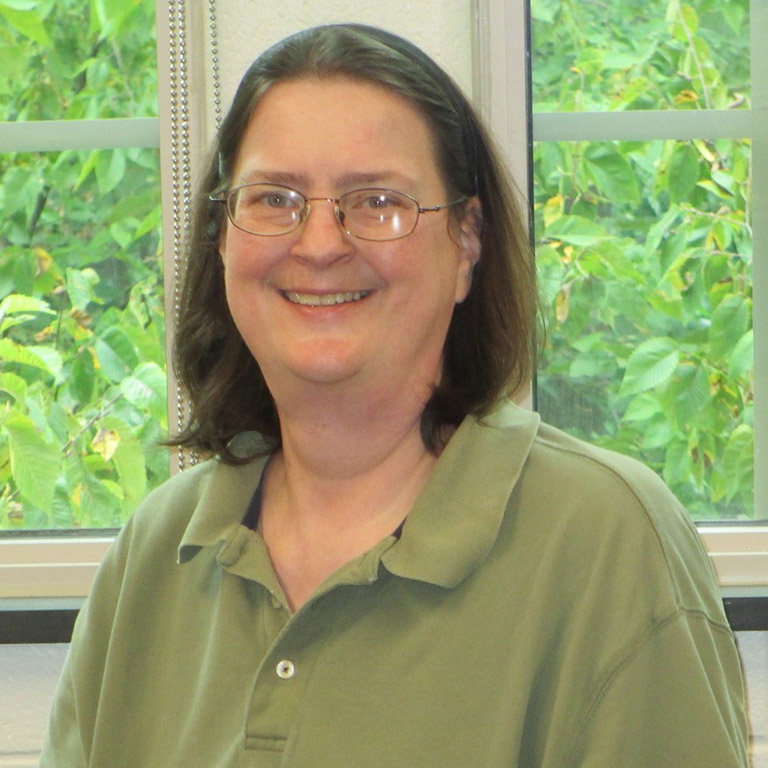- Ph.D., Astronomy, Cornell University, 1996
- M.S., Astronomy, Cornell University, 1994
- B.S., Astronomy and Chemistry, Haverford College, 1991

In Memory of Liese van Zee
We regret the loss of our colleague and friend, Liese van Zee, who passed away unexpectedly on Feb. 13, 2024. A memorial celebration of her life will be held in Bloomington on March 21. Details will be forthcoming soon.


 The College of Arts
The College of Arts